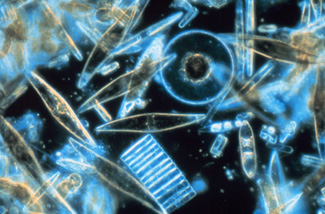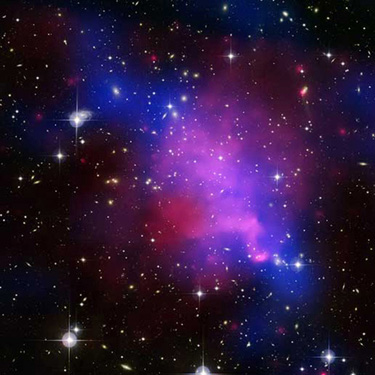| << Chapter < Page | Chapter >> Page > |
| Prefix | Symbol | Value See Appendix A for a discussion of powers of 10. | Example (some are approximate) | |||
|---|---|---|---|---|---|---|
| exa | E | exameter | Em | distance light travels in a century | ||
| peta | P | petasecond | Ps | 30 million years | ||
| tera | T | terawatt | TW | powerful laser output | ||
| giga | G | gigahertz | GHz | a microwave frequency | ||
| mega | M | megacurie | MCi | high radioactivity | ||
| kilo | k | kilometer | km | about 6/10 mile | ||
| hecto | h | hectoliter | hL | 26 gallons | ||
| deka | da | dekagram | dag | teaspoon of butter | ||
| — | — | (=1) | ||||
| deci | d | deciliter | dL | less than half a soda | ||
| centi | c | centimeter | cm | fingertip thickness | ||
| milli | m | millimeter | mm | flea at its shoulders | ||
| micro | µ | micrometer | µm | detail in microscope | ||
| nano | n | nanogram | ng | small speck of dust | ||
| pico | p | picofarad | pF | small capacitor in radio | ||
| femto | f | femtometer | fm | size of a proton | ||
| atto | a | attosecond | as | time light crosses an atom |
The vastness of the universe and the breadth over which physics applies are illustrated by the wide range of examples of known lengths, masses, and times in [link] . Examination of this table will give you some feeling for the range of possible topics and numerical values. (See [link] and [link] .)


It is often necessary to convert from one type of unit to another. For example, if you are reading a European cookbook, some quantities may be expressed in units of liters and you need to convert them to cups. Or, perhaps you are reading walking directions from one location to another and you are interested in how many miles you will be walking. In this case, you will need to convert units of feet to miles.
Let us consider a simple example of how to convert units. Let us say that we want to convert 80 meters (m) to kilometers (km).
The first thing to do is to list the units that you have and the units that you want to convert to. In this case, we have units in meters and we want to convert to kilometers .
Next, we need to determine a conversion factor relating meters to kilometers. A conversion factor is a ratio expressing how many of one unit are equal to another unit. For example, there are 12 inches in 1 foot, 100 centimeters in 1 meter, 60 seconds in 1 minute, and so on. In this case, we know that there are 1,000 meters in 1 kilometer.
Now we can set up our unit conversion. We will write the units that we have and then multiply them by the conversion factor so that the units cancel out, as shown:
Note that the unwanted m unit cancels, leaving only the desired km unit. You can use this method to convert between any types of unit.

Notification Switch
Would you like to follow the 'Selected chapters of college physics for secondary 5' conversation and receive update notifications?